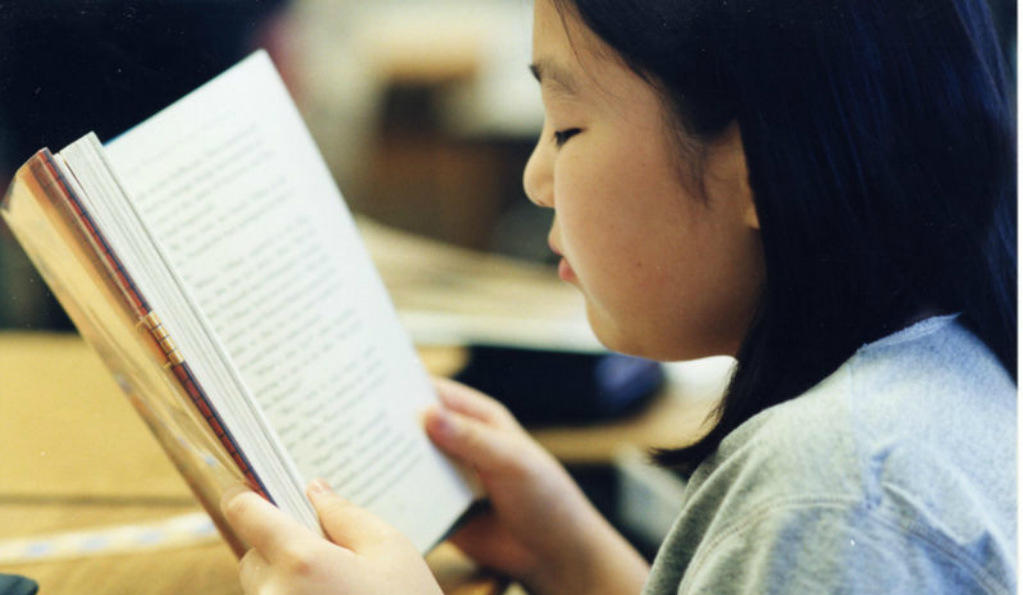Chapters
If you are a teacher that provides lessons at any level then you will likely be looking for new methods to employ within the classroom. Gaining experience as a teacher is all about finding and being open to new methods that might positively impact the learning experience that you create for your students.
While there is often an array of new teaching methods and techniques that hit the classroom, this doesn’t mean that we should necessarily turn pout back on some of the more traditional practices that have stood the test of time.
Storytelling is one of the most effective teaching methods that has been tried and tested for centuries.
Human beings learn principally in one of two ways. Firstly, through experience: doing things and seeing what we get back from the world. This is the most powerful learning tool, but at the same time, it is also the most painful because we are learning emotionally.
The second is learning analytically. ‘We sit in retrospect, perhaps in a classroom or laboratory, strip out the emotion and understand events through clinical analysis of the facts over an appropriate time period.’ Baboulene states that, in normal circumstances, you cannot learn both emotionally and analytically at the same time.
Storytelling allows us to engage with a narrative emotionally while being removed enough from events that our brains can analyse the situation logically. Pupils learn through the hugely powerful delivery method of emotions while having space to understand what is going on and what lessons they can take for themselves. Added to this, they are developing valuable listening skills, and may even be inspired to read more. So, how do we improve our storytelling?
Telling stories to your students helps you to connect and bond with them while changing up the energy of your class. If you have thought students in the past then you will likely recall all the occasions when you needed to relate a concept or aid students in understanding a subject.
The textbook isn’t always clear to students, particularly when you are introducing a new topic or concept. This is where your role as an educator is called upon the most.
You will need to act as a mediator for the information and the respective class that you are teaching at the time. Storytelling is an effective tool that if mastered, will play a pivotal role in helping you to accomplish this while unlocking a world of possibilities in the classroom.

Want to give private lessons?
Join the Superprof community and share your knowledge with interested and motivated students.
Why storytelling is effective in tutoring and teaching
Given the amount of material that you are expected to cover throughout the academic calendar, it is easy to fall into the trap of reading entire chapters out to your class or having them take notes for the entirety of your classes.
Storytelling is such an effective tool as it serves to simultaneously spice up your class by adding a new medium for learning while also adding some much-needed depth to the concepts that the respective school textbook is looking to explain.
Storytelling can allow students to put themselves into the shoes of a significant figure in history, gain an understanding of maths through the world around them or grasp complex scientific concepts. By making their learning experience more personalised through storytelling, not only is the student more engaged but the learning becomes more real.
Additionally, Students can better grasp the information that you are teaching them as it aids them in imagining the material in the storyteller's conditions. The capacity to recount events chronologically is a fundamental academic skill that all pupils must possess.
A student’s reading development is greatly aided by reading and listening to stories. Stories assist students in better absorbing relevant information while also making studying more enjoyable.
The overlap between teaching, coaching and mentoring is an interesting discussion in education.
How you can be an effective storyteller
The greatest stories involve conflict on many levels. Generally, the greater the conflict, the more engrossed we are in the story, and thus the more capacity we have to learn from it. The best storytelling often comes in the form of internal conflicts that characters we care about are presented with. What if you found a loveable alien in your cupboard? Or you were out at sea in a lifeboat, with the power to save a drowning animal - only, that animal is a full-size tiger?
When you put up a scene with a character who has a need or goal and then explain to the students how the protagonist came to their conclusion, you may use storytelling as a powerful teaching tool. At this level, a teacher is educating students on more than just a subject; they are also learning problem-solving skills and how to overcome obstacles. You are essentially instructing them on how to learn.
There are numerous ways to convey a story. I urge everybody who tutors or teaches in any way (including parents) to take the time to consider its potential. After all, storytelling is just the act of creatively communicating to make ideas come to life, which is something we all do on a daily basis. Share this power, then. Please share your story in the comment section below if you believe it has helped your students or kids learn.
You can even try to teach intelligence to your students with metacognition.
Storytelling can boost students' engagement
Storytelling gives teachers the opportunity to captivate students with what might otherwise be an uninteresting topic. As long as you employ storytelling in a creative way, such as by incorporating it into a game or enjoyable activity, it can help encourage your uninterested students as well as those with shorter attention spans.
You can even choose to make a game out of your storytelling as a means of getting all of your students involved in the learning activity. Here is an example of one that requires only a set of dice to play. You can cover the faces of the dice with symbols which relate to the topic that you are teaching.
When a student throws the dice any one of the symbols will appear, they will then need to create a story based on the symbol. This encourages students to explore the topic that you are teaching on a deeper level. This will allow your student’s imaginations to soar and will certainly increase their engagement when they come into your class each day.
Using stories to teach can make even the blandest and most complex subjects interesting for students to learn. It can make it more interesting and perhaps pique students' interest in learning more about the subject.
Many students find it difficult to learn math, but through storytelling, they may create their own word problems to help them understand it. A powerful technique that can make any lesson into an experience is storytelling.
Long study sheets of notes and endless pages from your hardback are never easy for students to retain. Storytelling can save the day in this situation. You can use technology to aid you in your storytelling when explaining complex ideas in the medium of videos, recordings and podcasts.
This will give your students a much-needed break from the books and help them engage in the classroom.

Practice storytelling with your students on Superprof
Becoming a private tutor is a great way to gain experience teaching students and upskill your competencies as an educator. These tutorial sessions will provide you with a great opportunity to implement storytelling into your lessons and progress in your ability to explain and engage through the art of storytelling.
This is a skill that you will be able to take with you into the classroom once you have found your voice and what works best for you when teaching the students.
If you are curious about providing tutoring sessions of your own then you should visit the Superprof website. Creating your own profile on the platform shouldn't take too long. Just fill out your experience, qualifications and what subject it is that you would like to tutor in. You can expect to hear back from potential clients shortly after you get set up.
Spending time developing this skill will also help you to differentiate yourself from the competition. When a student sees some of your past students raving about how much of an effective communicator you are they will be sure to put their name down for some lessons of their own.
Given that many of your students from the Superprof platform will opt to study remotely via webcam, you will be able to use implement some additional visual or audio aid in order to enhance the learning experience.
Get practising your storytelling and explain topics to your students in a more digestible manner from today onwards. Sign up for Superprof if you haven’t already.
Lastly, for the latest trends and insights in education, discover our list of the top 10 educational blogs you need to follow.
Want to give private lessons?
Join the Superprof community and share your knowledge with interested and motivated students.





